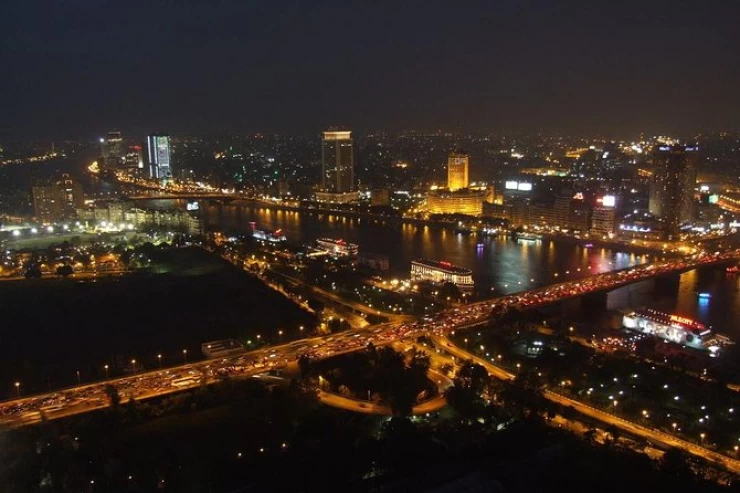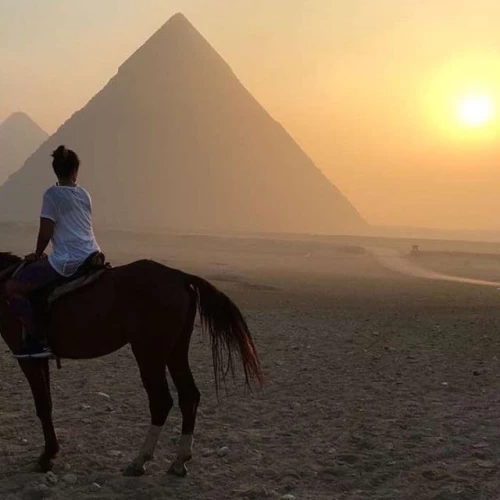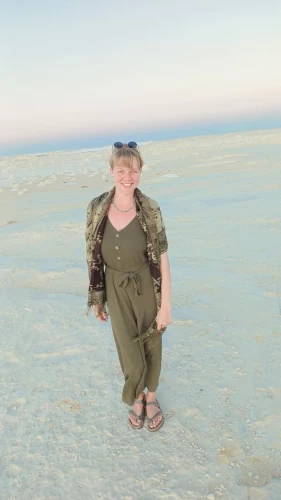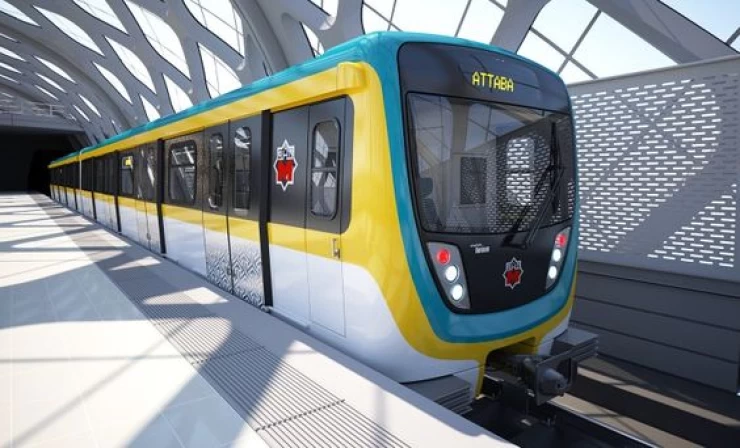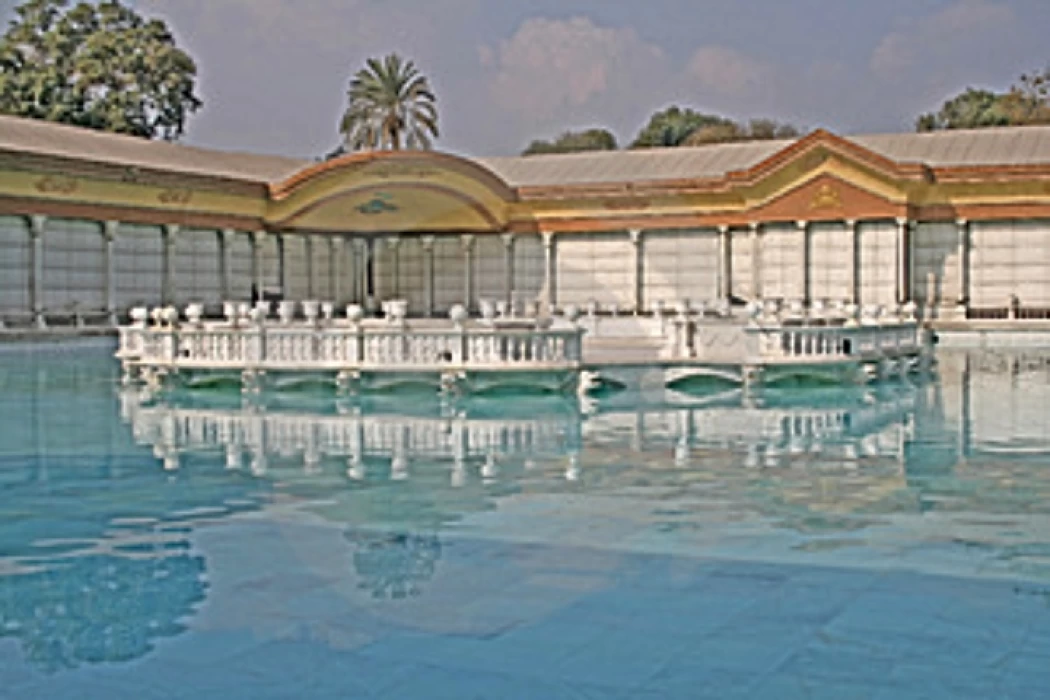
Palazzo Muhamed Ali a Shubra | Palazzo Muhamed Ali Architettura
Palazzo Muhamed Ali a Shubra
The design of the Palace of Mohamed Ali in Shubra was designed following a replacement vogue that wasn't legendary in Egypt at the time. The wide piece of land that was wont to construct the palace allowed for stunning gardens moreover, a mode that was foreign from Turkey, particularly from the palaces erected on the shores of the Bosporus Strait and therefore the Marmora ocean within the time of the Ottomans.
Palazzo Muhamed Ali Architettura
The bailiwick style of the palaces in Turkey consisted of an enormous, stunning garden encircled by giant defensive walls, with solely a couple of entrance gates so as to observe them within the best means potential. several structures were designed everywhere this garden and a few of those had specific bailiwick characteristics. These were known as Hans or Saraya within the Turkish language or kiosks within the English, a word that was originally foreign from the Latin language.
Among the foremost celebrated palaces in Constantinople that Mohamed Ali traced several bailiwick options from in his palace in Shubra is Topkapi Palace in Constantinople, that was the seat of the empire for a awfully long amount of your time.
The first structure that was created within the palace advanced of Mohamed Ali in Shubra could be a little villa that was designed as a residence. it's variety of picket buildings that served as offices for the workers and places for guards to remain. There was additionally associate degree adjoined harbor structure for ships on the Nile River to dock at. sadly, however, the entire structure was really removed within the ruling amount of King Farouk (the last king of Egypt) within the Thirties to create means for the new Cairo-Alexandria Agricultural Road.
Construction Of The Fountain Villa
The Fountain Villa was additional to the palace advanced in 1821. it had been designed and designed by French architects and is the oldest section of the palace that is still nowadays. In 1836, the Jabalaya Villa was additionally created within the palace. This structure, that remains till nowadays was created on prime of a man-made scalar hill that had a sq. base with all sides eight meters long.
A small garden was planted in every step of this scalar hill that irrigated the waterwheel tower that was created to supply the gardens and therefore the villa with H2O.
Moreover, the Palace of Mohamed Ali in Shubra additionally had the primary trendy system of lighting in Egypt. this method was initial established in European nation in 1820 and Mohamed Ali known as the engineer UN agency unreal it to create positive he had the special instrumentality and infrastructure required. For this reason a gas laboratory was designed close to the Nile River to supply the palace with the energy required to be lit with a contemporary lighting system.
Buildings Still within the Palace advanced Of Mohamed Ali
The Waterwheel Tower
The waterwheel tower is that the oldest extant building within the whole advanced of the Palace of Mohamed Ali in Shubra. it had been created in 1811.The tower is found a hundred thirty meters east of the Fountain Villa within the middle of the fruits and vegetable gardens. The gardens were separated from the villa by a fence of that some parts still stay nowadays.
The Waterwheel Tower could be a large structure that was created out of robust stones. Its jap façade is forty meters long and its southern façade is twenty one meters long. within the middle of the tower there square measure four water wells wherever the waterwheels were put in to raise and flow into the water. These waterwheels operated victimisation machines and not victimisation animals just like the usual technique that was followed in Egypt at the time.
The water wont to follow in bound channels on top of the roof of the tower. it had been then was gathered in reservoirs within the sides of the structure that were connected to pipes. The pipes then transferred the H2O to the palace and therefore the gardens.
There is associate degree ascending slope next to the Southern façade of the waterwheel tower that was wont to raise the machines that were functioning to control the waterwheels. This slope was ten meters long and five meters wide.
The jap facet of the waterwheel tower consisted of a swish wall with four doors. every of those doors light-emitting diode to a space that overlooks the rear reservoir of water. every space encompasses a supplemental chamber wherever the tools and gadgets that were wont to frequently clean the water wells and waterwheels were hold on.
The Fountain Villa
This villa is set 430 meters off from the shores of Il fiume Nilo and 230 meters off from the Jabalaya Villa. it had been created in 1821 and designed by the diplomatist of French of Egypt at the time, The UN agency was a detailed friend of Mohamed Ali. The decorations and ornaments were the responsibility of Yusuf Hakikan, an associate degree Armenian engineer who lived in Egypt.
La Villa della Fontana fu creata su un terreno lungo ottantotto metri e largo settantasei metri e fu progettata per essere al centro dei giardini del complesso avanzato.
La Villa della Fontana è costituita da una struttura a forma di ricettacolo con varie porte e gradini di marmo davanti a ogni porta. Questi gradini sfociano in una speciale fontana con robuste colonne di marmo.
Agli angoli dell'edificio sono ben visibili le facciate delle quattro stanze e delle arcate contigue, con meravigliose vetrate colorate.
Lo stile interno della Villa della Fontana è piuttosto caratteristico in Egitto. Consiste in un blocco centrale con le sezioni dell'intero edificio che lo circondano. Questo blocco è costituito da un bacino d'acqua fuori scala lungo sessantuno metri, largo quarantacinque e profondo 2,5 metri. Il bacino è rivestito ovunque di marmo bianco e comprende una fontana situata al centro del bacino il cui stile si basa su statue di coccodrilli con l'acqua che esce dalle loro bocche.
Anche in ogni angolo del bacino c'è una fontana; non a caso l'intero complesso è stato chiamato Villa delle Fontane, di forma circolare e con stili di pesce affettati sui lati.
Al centro di ogni fontana c'è una notevole scultura di un leone in piedi sulle zampe posteriori con l'acqua che esce dalla bocca. La fontana comprende un'imponente galleria che la domina e che comprende varie colonne di marmo ed è riccamente abbellita da disegni e ritratti della flotta militare egiziana e di alcuni pensatori e filosofi romani e greci. Il soffitto di questa galleria presenta immagini meravigliose e anche la varietà di design barocco ottomano che era piuttosto dominante in Turchia all'epoca dello sviluppo del palazzo.
Sale supplementari della Villa della Fontana
La Villa della Fontana possiede quattro sale supplementari che stupiscono per le loro decorazioni e per il loro stile di conoscenza. La migliore di queste sale è il salone o sala delle noci, così chiamato perché le sue pareti e il suo pavimento erano rivestiti di legno di noce turco. La parete di questa sala presenta uno specchio fuori misura, impreziosito dalla favolosa moda marocchina e dell'area geografica. Il soffitto della sala presenta inoltre eccezionali disegni in stile barocco rifiniti con numerosi colori dorati.
C'è poi la sala della Villa delle Fontane chiamata Sala Araba, con pareti impreziosite da dipinti di fiori e rose colorati. Il soffitto di questa sala presenta inoltre caratteristici paraventi arabescati a picchetto che racchiudono forme geometriche poco complicate. Tra le decorazioni della sala, ci sono sezioni rilegate in cui sono scritti i nomi della famiglia di Mohamed Ali e questa parte della sala è stata ridecorata durante i regni del Gran Turco pacha e di Abbas pacha, i successori di Mohamed Ali.







